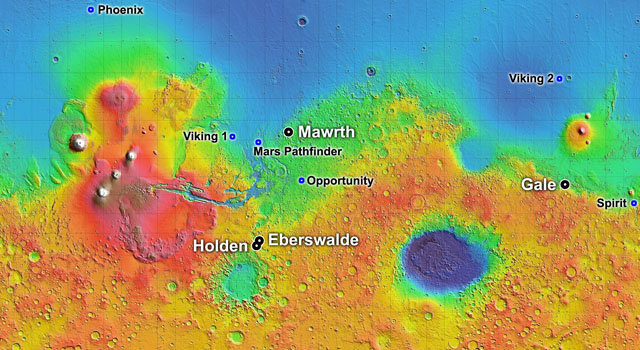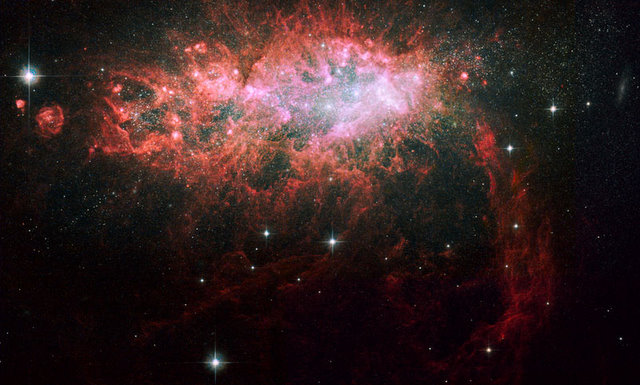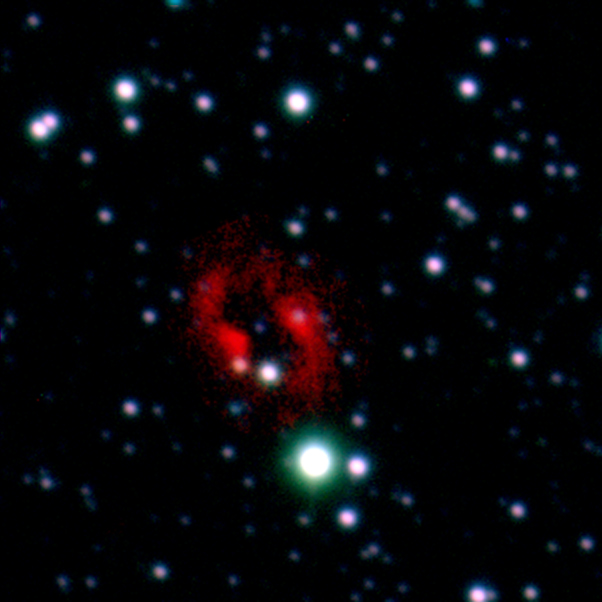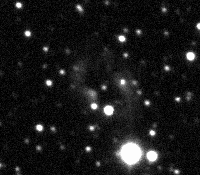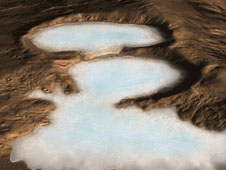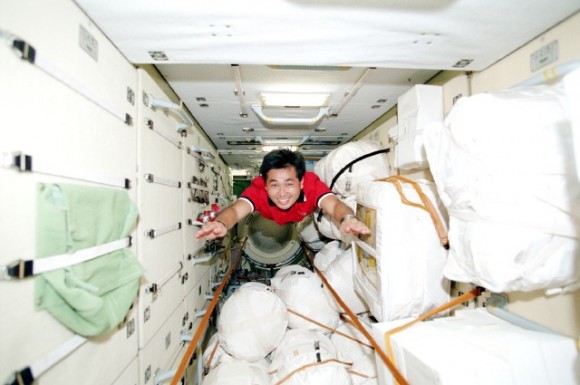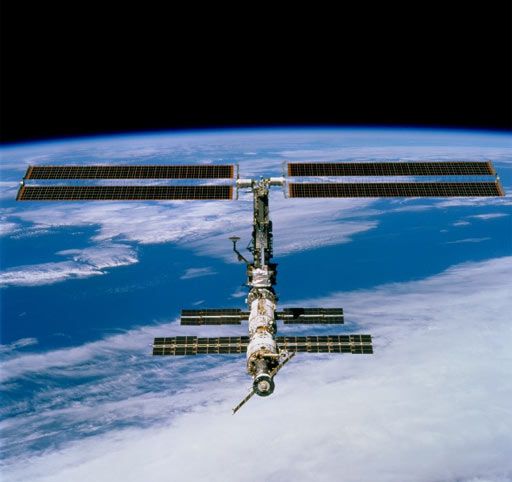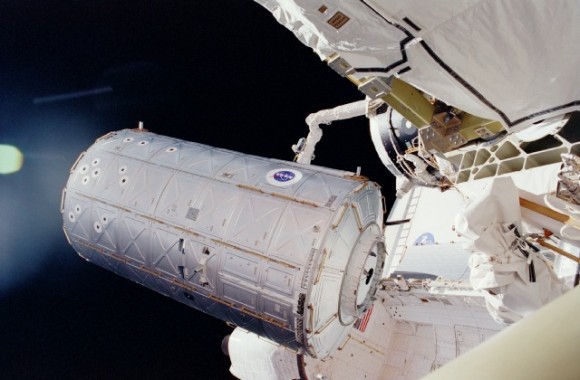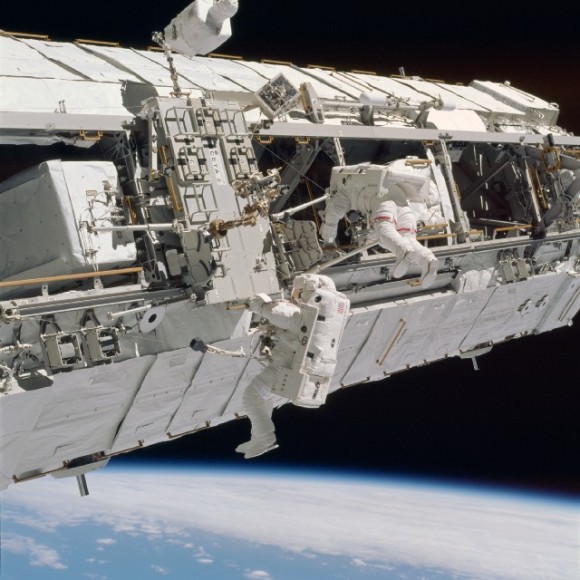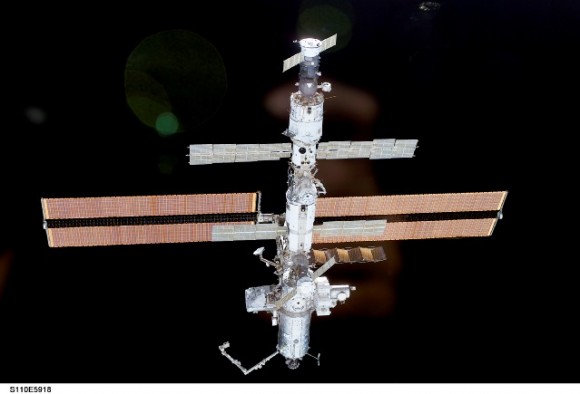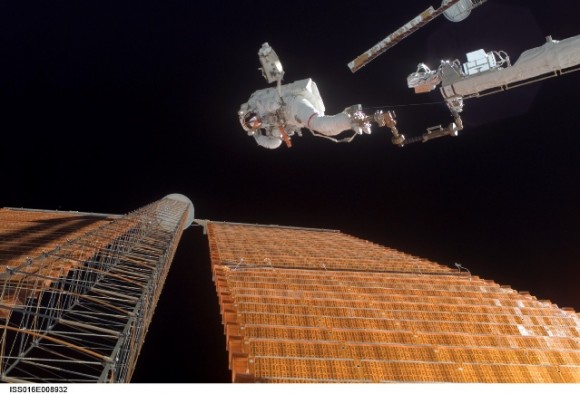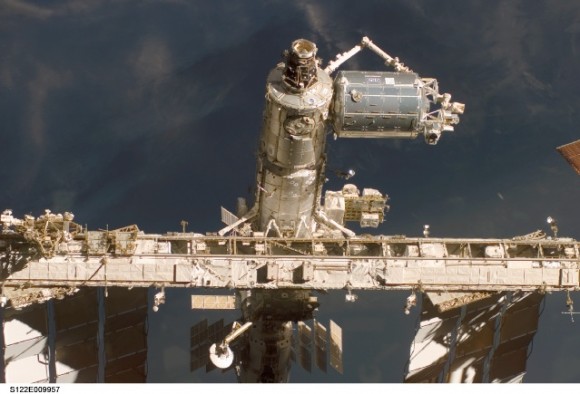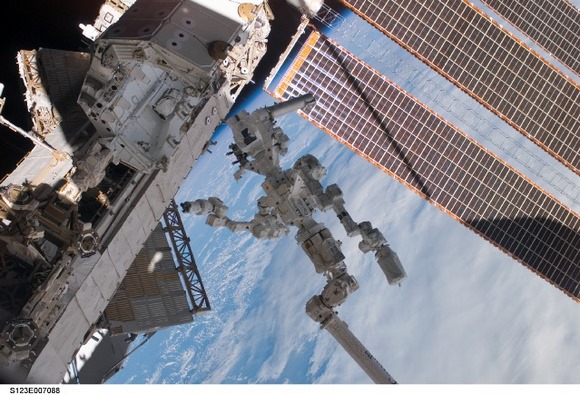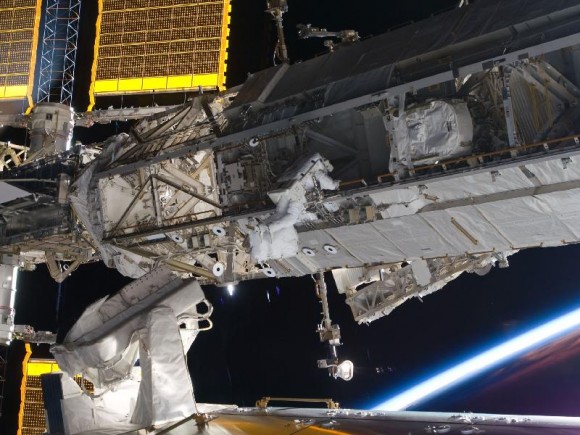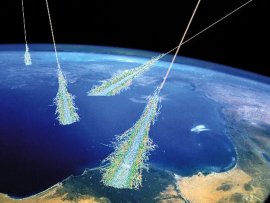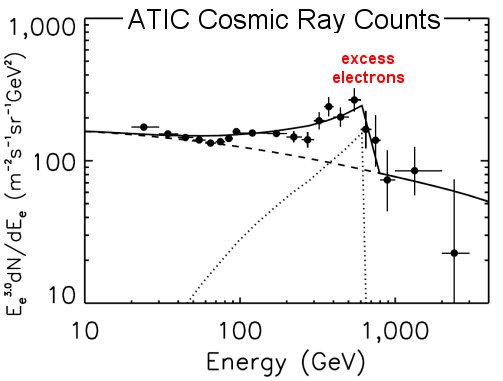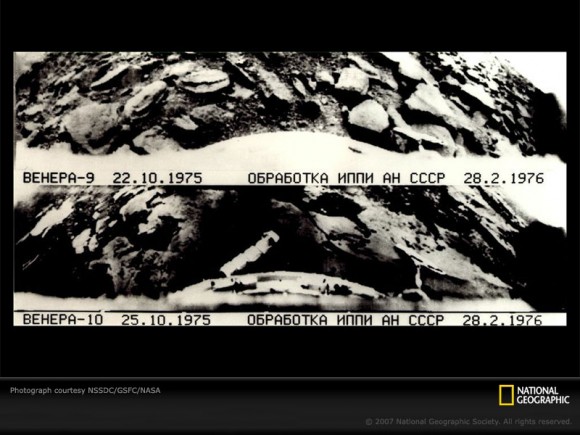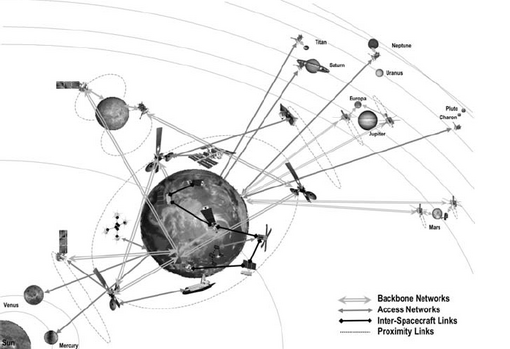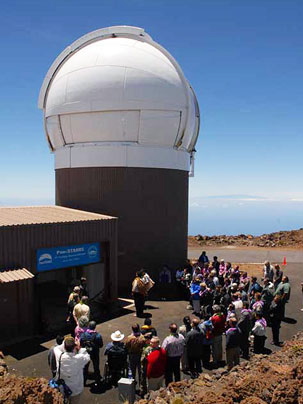Landing sites for the Mars Science Laboratory have been narrowed down to four intriguing places on the Red Planet. The car-sized rover will have the capability to travel to more scientifically compelling sites, and with its radioisotope power source, it won’t need to rely on solar power, allowing for more flexibility in locations say project leaders at the Jet Propulsion Laboratory. After seeking input from international experts on Mars and engineers working on the landing systems, here are the four sites JPL announced (drumroll)…
Oh, before listing the sites, NASA is having a name the rover contest for MSL, so check that out, too!
Eberswalde: where an ancient river deposited a delta in a possible lake, south of Mars equator.
Gale: a crater with a mountain within that has stacked layers including clays and sulfates, near the equator. This was a favorite site for the Mars Exploration Rovers, but it was deemed to hazardous for them. Not so for MSL.
Holden: a crater containing alluvial fans, flood deposits, possible lake beds and clay-rich deposits, in the southern hemisphere.
Mawrth: , which shows exposed layers containing at least two types of clay, in the northern hemisphere, near the edge of a vast Martian highland.
“All four of these sites would be great places to use our roving laboratory to study the processes and history of early Martian environments and whether any of these environments were capable of supporting microbial life and its preservation as biosignatures,” said John Grotzinger of the California Institute of Technology, Pasadena. He is the project scientist for the Mars Science Laboratory.
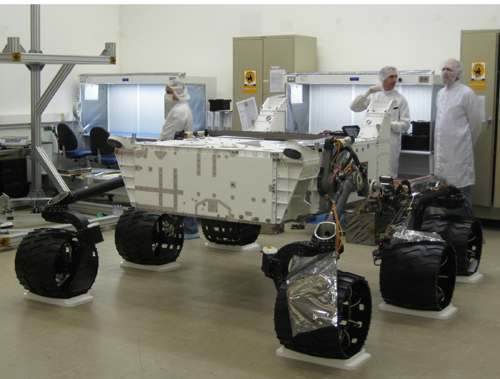
During the past two years, multiple observations of dozens of candidate sites by NASA’s Mars Reconnaissance Orbiter have augmented data from earlier orbiters for evaluating sites’ scientific attractions and engineering risks.
JPL is assembling and testing the Mars Science Laboratory spacecraft for launch in fall 2009.
“Landing on Mars always is a risky balance between science and engineering. The safest sites are flat, but the spectacular geology is generally where there are ups and downs, such as hills and canyons. That’s why we have engineered this spacecraft to make more sites qualify as safe,” said JPL’s Michael Watkins, mission manager for the Mars Science Laboratory. “This will be the first spacecraft that can adjust its course as it descends through the Martian atmosphere, responding to variability in the atmosphere. This ability to land in much smaller areas than previous missions, plus capabilities to land at higher elevations and drive farther, allows us consider more places the scientists want to explore.”
MSL is designed to hit a target area roughly 20 kilometers (12 miles) in diameter. Also, a new “skycrane” technology to lower the rover on a tether for the final touchdown can accommodate more slope than the airbag method used for Spirit and Opportunity.
Source: JPL

